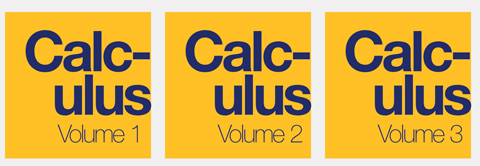I myself learned from the Larson book, which I enjoyed at the time. When I finished my degree, I realized how sparse Larson really is, particularly with proof. Larson's visuals are very nice, but the problems themselves rarely are anything more than some algebraic manipulation.
My school (a community college) was using Larson, and switched to Briggs/Cochran last year. Again, a nice book, and the publisher was very good w/following up and providing additional resources, but most of the problems were similar and not too challenging.
I have directed my students to Paul Dawkins' excellent site:
http://tutorial.math.lamar.edu/
He has a freely downloadable pdf of Calc I, II and III material, plus Algebra and Diff Eq. It's a great free resource for students.
I also base my courses on MIT opencourseware materials:
http://ocw.mit.edu/courses/mathematics/18-01-single-variable-calculus-fall-2006/
In particular, Prof Jason Starr's notes are incredible. Demonstrating the limit of a Riemann Sum for f(x) = x, for example, is a perfect way to tie together several topics at once for students in this environment, and it helps "scare" them into appreciating the power of FTC, as opposed to just memorizing it as another calculation.
Reasons for switching would be 1) less expensive for students, and 2) designing your own problem sets as a department, from the ground up. If the goal is for students to gain a meaningful insight into Calculus, the popular books can't do it - that's not their goal. If the goal is just to have non-majors pass the course for a requirement, then the popular books are fine and switching doesn't really change much.
